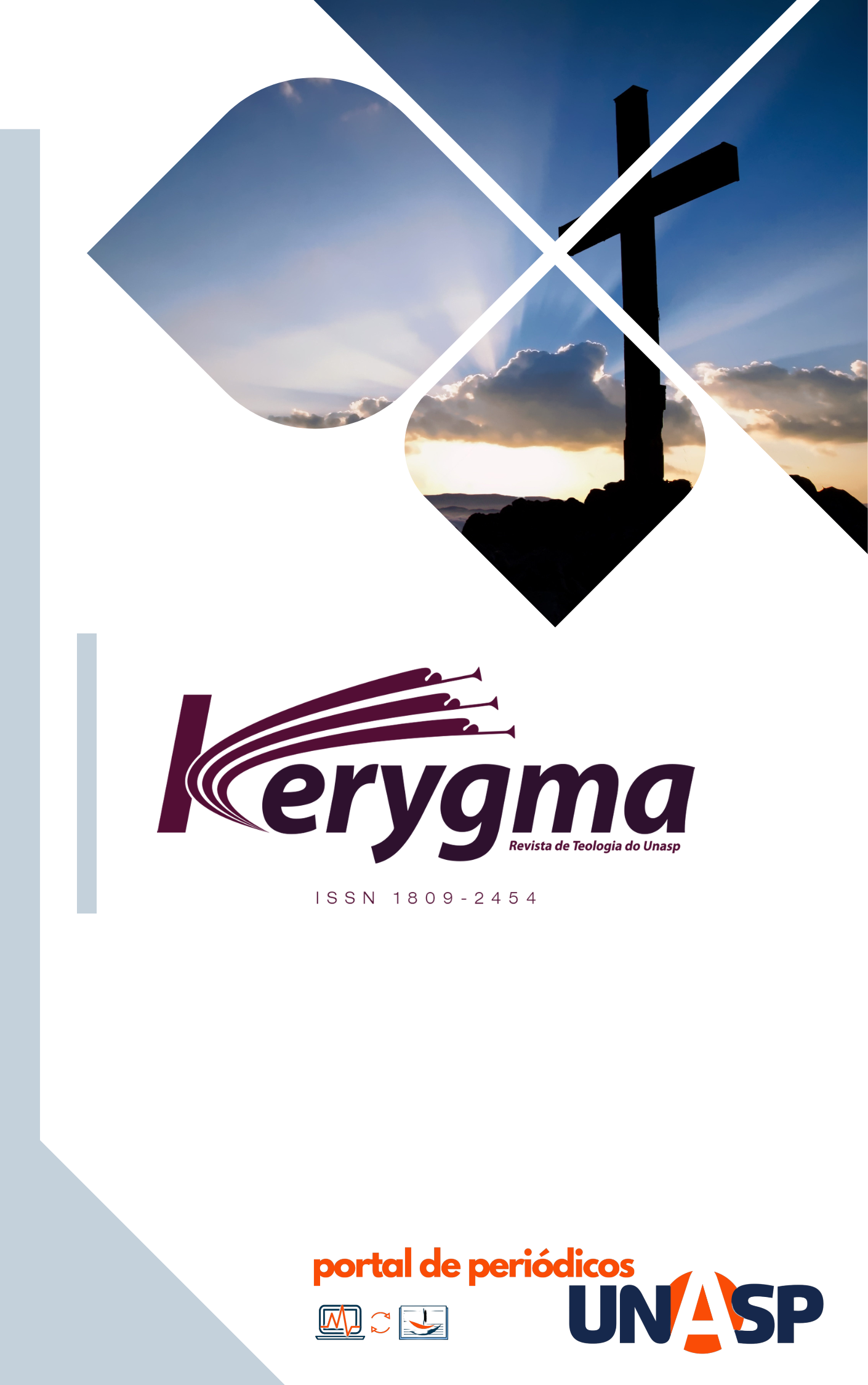Resumo
A ciência da bioinformática é relativamente nova. Teve início na década de 1960 como uma forma de lidar com a enorme quantidade de dados que começava a ser revelada no DNA. Um dos insights críticos que os pesquisadores descobriram foi que o DNA continha um tesouro de informações: a programação da vida. A tese deste artigo é que a informação codificada no DNA não é semelhante a uma linguagem humana escrita: é uma linguagem. Assim como as informações transmitidas em idiomas são originadas em mentes, as instruções programadas no DNA também devem ser.
Referências
Allison, Lizabeth Ann. Fundamental Molecular Biology. Malden, MA: Blackwell, 2008.
Andras. “How Much DNA Do Humans Share with Other Animals and Plants?” The DNA Tests. Accessed June 5, 2022. https://thednatests.com/how-much-dna-do-humans-share-with-other-animals/.
Aronoff, Mark. “Language (Linguistics).” Scholarpedia. Accessed June 2, 2022. http://www.scholarpedia.org/article/Language_(linguistics).
Baynes, John W., and Marek H. Dominiczak. Medical Biochemistry. Amsterdam: Elsevier, 2015.
Berlinski, David. “On the Origins of Life.” Discovery Institute, August 14, 2019. https://www.discovery.org/a/3209/.
Bhagavan, N.V. Medical Biochemistry. San Diego, CA: Harcourt/Academic Press, 2006.
Crick, Francis. “Central Dogma of Molecular Biology.” Nature News. Nature Publishing Group, August 8, 1970. https://www.nature.com/articles/227561a0.
Crick, Francis. What Mad Pursuit: A Personal View of Scientific Discovery. Harmondsworth: Penguin, 1990.
Denton, Michael. Evolution: A Theory in Crisis. Bethesda, MD: Adler & Adler Publishers, 1997.
Ecker, Joseph, Wendy Bickmore, and Aaron Segal. “An Integrated Encyclopedia of DNA Elements in the Human Genome.” Nature News. Nature Publishing Group, September 5, 2012. https://www.nature.com/articles/nature11247.
Gates, Bill, Nathan Myhrvold, and Peter Rinearson. The Road Ahead Multimedia. New York: Viking, 1995.
“Human Genome Project FAQ.” Genome.gov. Accessed May 27, 2022. https://www.genome.gov/human-genome-project/Completion-FAQ.
“Humans, Chimpanzees and Monkeys Share DNA but Not Gene Regulatory Mechanisms.” ScienceDaily. ScienceDaily, November 6, 2012. https://www.sciencedaily.com/releases/2012/11/121106201124.htm.
Meyer, Stephen C. Signature in the Cell: DNA and the Evidence for Intelligent Design. New York: HarperOne, 2010.
“MRNA Translation (Basic).” YouTube. DNA Learning Center, March 22, 2010. https://www.youtube.com/watch?v=8dsTvBaUMvw.
Nagel, Thomas. Mind and Cosmos Why the Materialist Neo-Darwinian Conception of Nature Is Almost Certainly False. New York: Oxford University Press, 2012.
“Nova Online | Cracking the Code of Life | Genome Facts.” PBS. Public Broadcasting Service, April 2001. https://www.pbs.org/wgbh/nova/genome/facts.html.
Novikova, Irina V, Scott P Hennelly, and Karissa Y Sanbonmatsu. “Sizing up Long Non-Coding RNAS: Do lncRNAs Have Secondary and Tertiary Structure?” Bioarchitecture. Landes Bioscience, 2012. https://www.ncbi.nlm.nih.gov/pmc/articles/PMC3527312/.
Parker, Nina, Mark Schneegurt, Anh-Hue Thi Tu, Brian M Forster, and Phillip Lister. Microbiology. Houston, TX: OpenStax, 2016.
“Protein.” The Nutrition Source, November 12, 2021. https://www.hsph.harvard.edu/nutritionsource/what-should-you-eat/protein/.
Rana, Fazale, and Hugh Ross. Origins of Life: Biblical and Evolutionary Models Face Off. Covina, CA: RTB Press, 2014.
“RNA Molecules Live Short Lives.” ScienceDaily. ScienceDaily, July 12, 2017. https://www.sciencedaily.com/releases/2017/07/170712201054.htm.
Ross, Hugh. Beyond the Cosmos: The Extra-Dimensionality of God: What Recent Discoveries in Astrophysics Reveal About the Glory and Love of God. Colorado Springs, CO, CO: NavPress, 1999.
Schleif, Robert F. Genetics and Molecular Biology. Baltimore, MD: Johns Hopkins University Press, 1993.
Service, Robert F. “DNA Could Store All of the World's Data in One Room.” Science, March 2, 2017. https://www.science.org/content/article/dna-could-store-all-worlds-data-one-room.
Stuart, Colin. “The Future of Computing Power – from DNA Hard Drives to Quantum Chips.” The Guardian. Guardian News and Media, March 12, 2012. https://www.theguardian.com/nanotechnology-world/the-future-of-computing-power-from-dna-hard-drives-to-quantum-chips.
ten Tusscher, Kirsten H., and Paulien Hogeweg. “Evolution of Networks for Body Plan Patterning; Interplay of Modularity, Robustness and Evolvability.” PLoS Computational Biology 7, no. 10 (2011): 1–16. https://doi.org/10.1371/journal.pcbi.1002208.
Thaxton, Charles B., Walter L. Bradley, and Roger L. Olsen. The Mystery of Life's Origin: Reassessing Current Theories. Dallas, TX: Lewis and Stanley, 1992.
Torres, Adrian Gabriel. “Enjoy the Silence: Nearly Half of Human Trna Genes Are Silent.” Bioinformatics and biology insights. SAGE Publications, August 8, 2019. https://www.ncbi.nlm.nih.gov/pmc/articles/PMC6688141/.
Urbano, Lensyl. “DNA Writer.” Simple DNA Writer, 2013. https://earthsciweb.org/js/bio/dna-writer/.
Willey, Joanne M., Linda Sherwood, Christopher J. Woolverton, and Lansing M. Prescott. Prescott's Principles of Microbiology. Boston, MA: McGraw-Hill Higher Education, 2009.

Este trabalho está licenciado sob uma licença Creative Commons Attribution 4.0 International License.
Copyright (c) 2022 Don Deal

